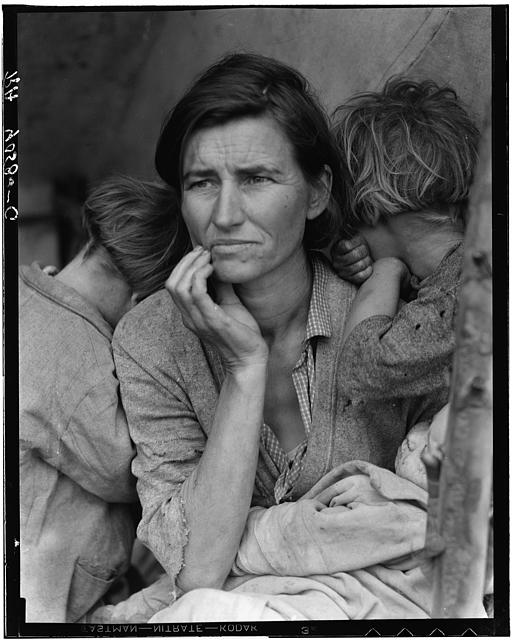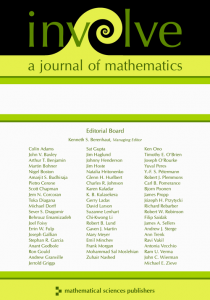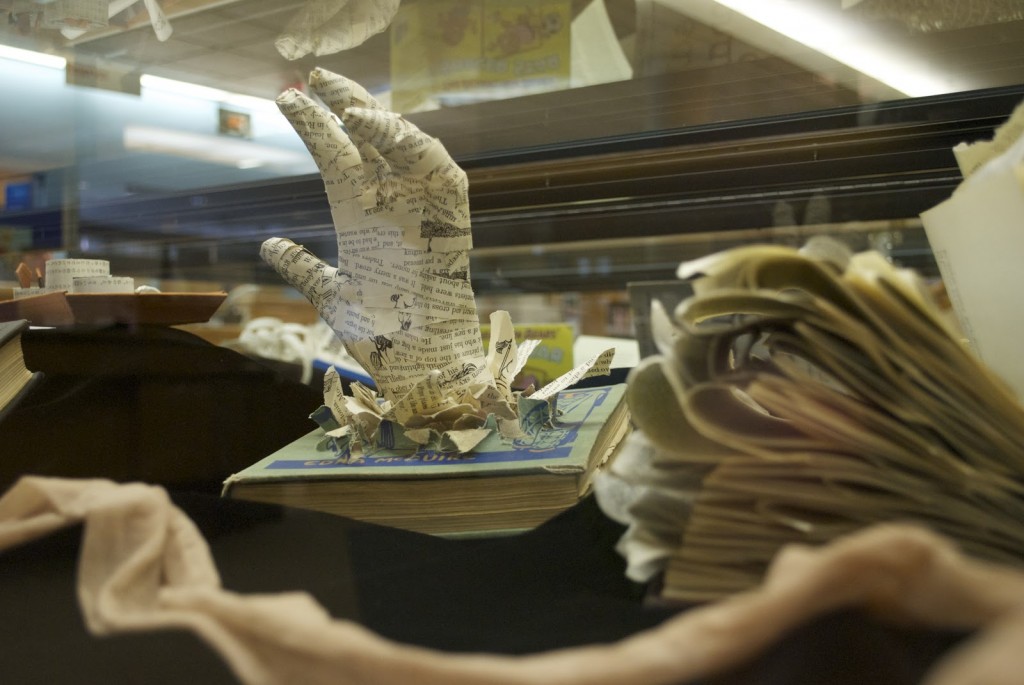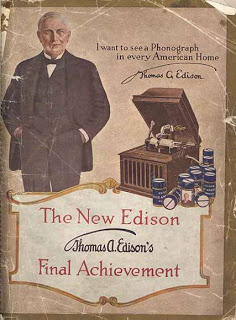Van Wylen Library is pleased to announce a trial subscription to a new primary source database, Nineteenth-Century Collections Online. This resource will be available to all Hope students and staff through the end of March. You’ll find a link to NCCO on our Trials page.
I have been sitting here for the past 30 minutes, trying to find a way to begin this post without resorting to something aphoristic. This probably because even a non-expert like me has a quiet awareness of just how important the 19th century was in shaping the world we inhabit today.
Yes, one might reasonably make similar arguments about other periods. I suppose what truly sets the 19th century apart as a time of deep and widespread change is the sheer number and diversity of the primary source materials available for us to interrogate. The richness and complexity of the extant record of the long 19th century invites us, compellingly, to a direct study of its history. With this in mind, NCCO was created to provide both a unique repository of primary resources and a friendly platform for exploration.
There are four distinct collections within our NCCO package, each focusing on a different aspect of 19th-century history:
- Asia and the West: Diplomacy and Cultural Exchange – After centuries of relative isolation, Asian cultures were increasingly (often forcibly) drawn into sustained contact with the West. Materials in this collection will allow you to examine the motivations, dynamics, conflicts, and consequences of these cross-cultural encounters.
- British Politics and Society – In Britain, the “Industrial Revolution” brought changes which extended well beyond the realm of the technological. Sources within this collection offer a window into British society as it grappled with these developments.
- British Theatre, Music, and Literature: High and Popular Culture – With an especially robust emphasis on British theatre, here is an opportunity to study the reflection of current events, prevailing trends, and common memes in the entertainment sphere of the Victorian and pre-Victorian eras.
- European Literature, 1790 – 1840: The Corvey Collection – Though spanning just a half century, this archive contains singular materials not indexed elsewhere. Largely drawn (originally) from markets in France, Britain, and (what is now called) Germany, this collection offers a unique sample of early Victorian and Romantic writing.
We hope that you will be able to find some time to explore this unusual resource over the next few weeks. We also solicit any reactions you might have, especially concerning its potential value (or lack thereof) to studies at Hope. Please feel free to email askalibrarian@hope.edu with your comments.








